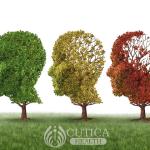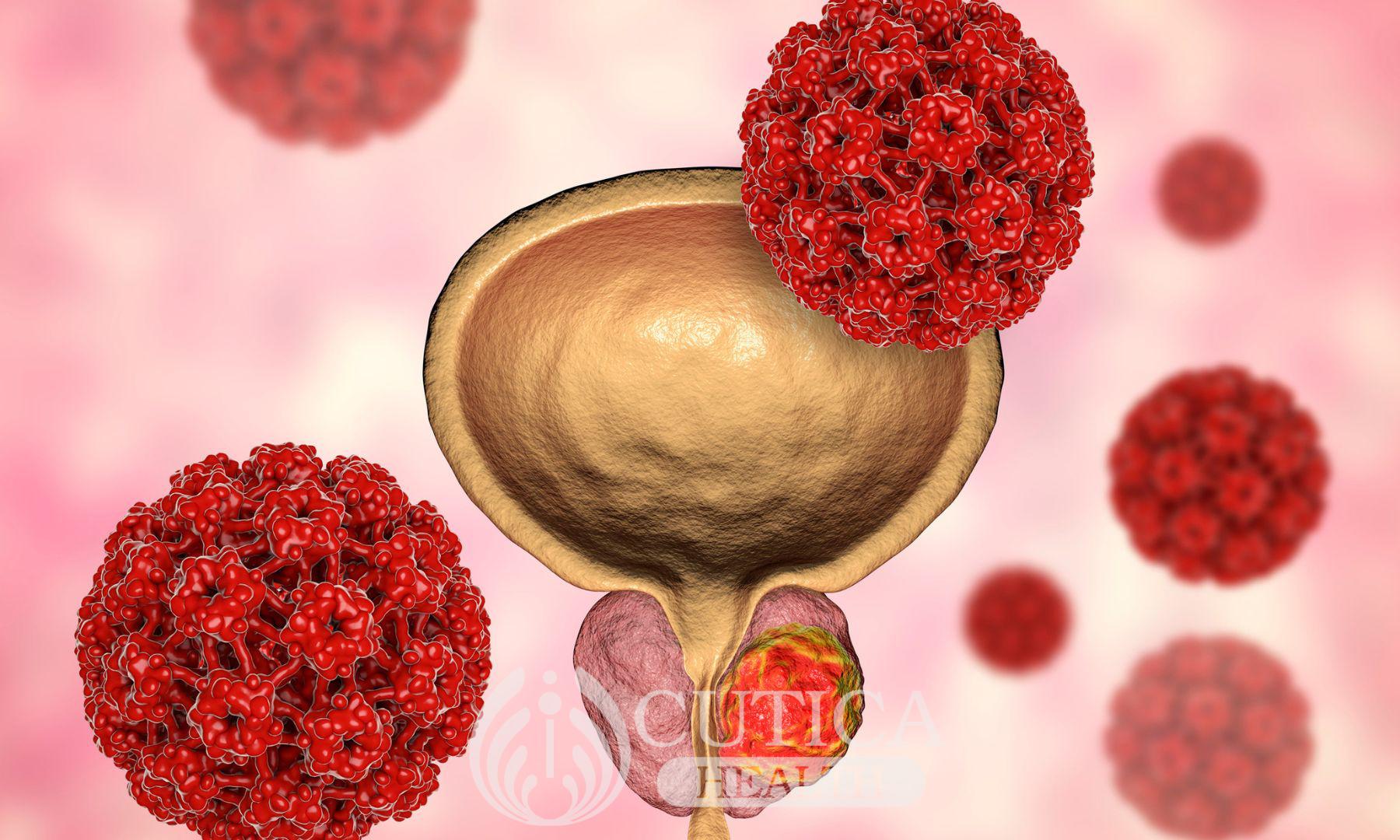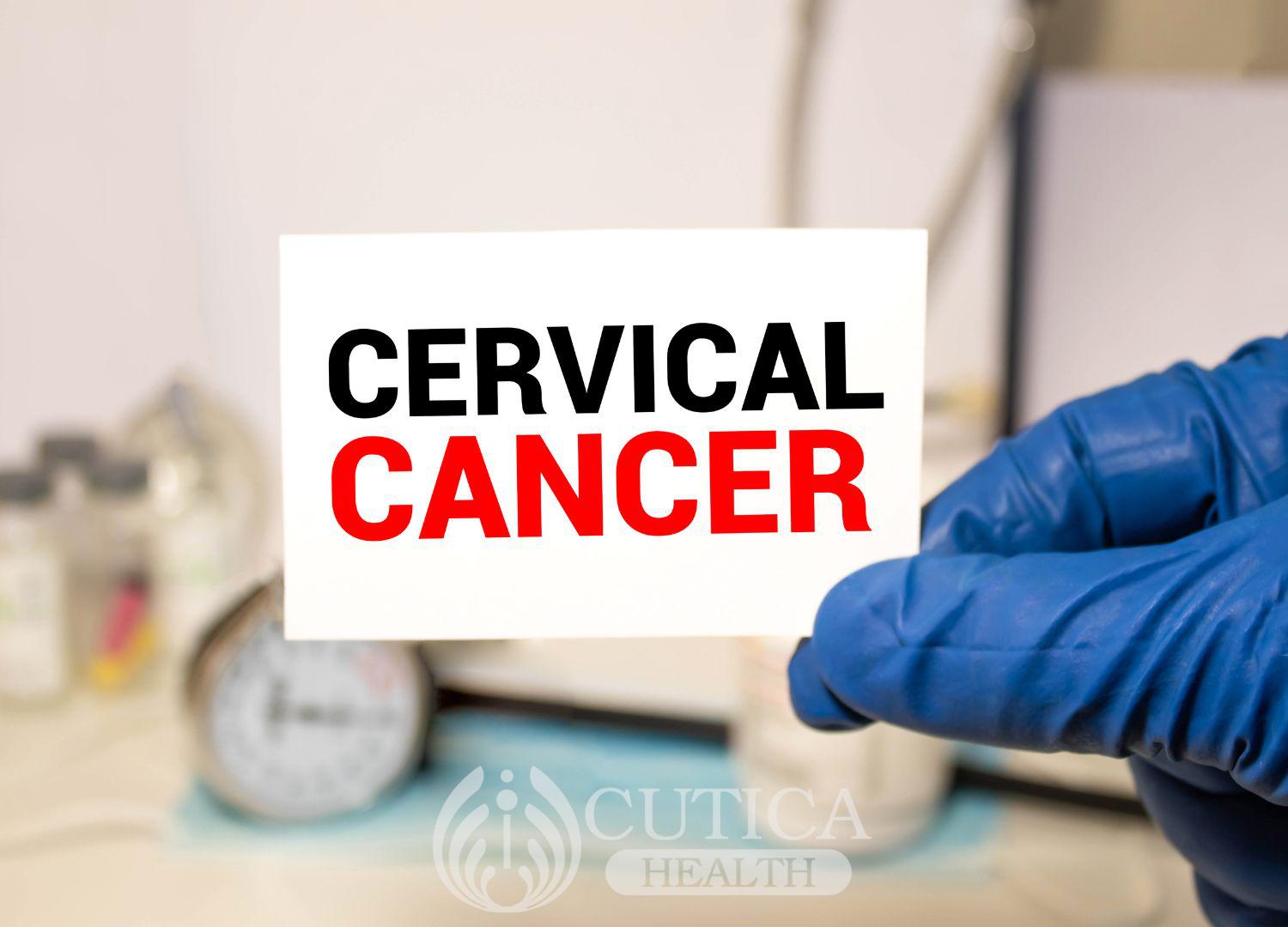
Cancer has remained an enigma of modern medicine with its treatment and cure requiring continued innovations and tact in achieving success. The likelihood of cure for various types of cancer varies depending on the type of cancer and how early it is detected. But overall, cancers have poor outcomes especially in Low- and Middle-Income Countries where access to health care is poor.
Cancer is a malignant growth or tumour resulting from uncontrolled cell division. There are various kinds of cancers depending on the cell types and the organs affected. This is one of the factors that makes cancers deadly; any organ can be affected. This is because all organs are made up of cells and these cells undergo multiplication at different rates. So a disruption in the cell division process of any organ will result in cancer. Common types of cancers are lung cancer, breast cancer, liver cancer, gastrointestinal tract cancer, bone cancer, blood cancer etc. These cancers have varying levels of how deadly they can be and how easy they can be cured.

The first issue with cancer cells is that they affect the organ which they arise from. This organ is no longer able to perform its usual functions and this has an untoward effect on the body with other functions being affected too. Bone cancer; for example, affect the ability of the bone to provide structural support to the body. Blood cancers result in disruption of the functioning of various cells in the body such as oxygen carrying, defence against microorganisms and clotting of blood.
Cancers also affect other organs in the body by various means. Commonly it is due to metastasis, which means when cancer spreads to distant organs via the blood pipes. These can spread to any organ, damaging the organ. These affected organs are now unable to carry out their functions due to different forms of disruption. The bones, lungs, spinal cord, brain, liver etc. are common sites of metastases.

Cancers can grow into blood vessels and result in disruption of the blood vessels leading to bleeding. In the brain, this bleeding will be a stroke. In other organs it would result into blood loss and possible shock which can lead to death. Cancers are also known to cause growth of new blood vessels that bleed easily. This results in blood loss and could result in death following a significant reduction in the amount of blood in the body.

Cancers compete with normal tissue for nutrients supply and can starve out normal tissue. These results in general malnourishment of the individual as evidenced by severe weight loss and shrinking of muscles. This predisposes the body to various dangers such as reduced immunity, cognitive problems and muscle wasting. And this also has a wide effect on other systems as nutrients needed for functioning of the systems get taken up by cancer cells to support their rapid growth.

While most cancers are deadly, not all cancers are deadly and it is important to note that early detection and treatment can change the trajectory of cancers. This can help to prevent the life threatening complications that could have resulted from cancers and ensure a good chance at cure.












